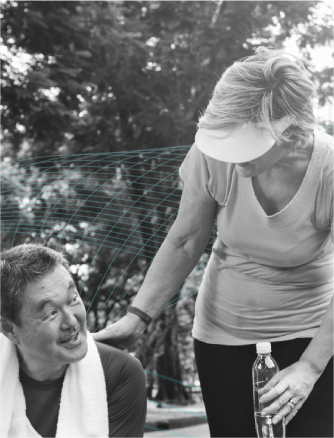The Centers for Disease Control’s (CDC) website, doihaveprediabetes.org, is an online risk test that assesses whether or not a participant is prediabetic, the survey is part of the CDC’s 2016 campaign against diabetes. 1 It presents facts like: “1 in 3 American adults is prediabetic” and asks the patient a series of questions before suggesting a course of action. 1 Paula Span, author of the book The New Old Age, discusses the pros and cons of diagnosing prediabetes in an online questionnaire in her recent New York Times article called You’re ‘Prediabetic’? Join the Club.
Span’s article focuses on the delicacies of notifying 80% of American’s over the age of 60 that they are likely to prediabetic and need to visit their doctor. The more medical take-away, is learning about prediabetes and that it is widespread.
“Prediabetes” didn’t exist 10 years ago and is, as Dr. Shahraz explains in the article, “defining something previously considered normal as a disease that requires attention, monitoring and treatment.” 2 Being prediabetic is very common in people over the age of 60 because their pancreas naturally slows down and produces less insulin, leading the body to become more insulin resistant. 2 The problem is that the CDC’s website will more often than not notify an individual that they are at-risk—i.e. labeling them sick, which isn’t psychologically, a good thing nor necessarily accurate.
According to the CDC, the online questionnaire is not a diagnosis tool but a place where the discussion can start and where the population can begin to learn more about the disease. The management solution for prediabetics, and even Type 2 diabetics, is the ever-repeated advice: make a lifestyle change that includes both healthy eating and exercise.
One doctor points out that the CDC, with this website, is attempting to “improve behavior with fear” and Dr. Shahraz adds that “these interventions are so generic and commonplace that we should recommend them to anyone, including healthy people.” 2 Span’s article ultimately leads herself, and the reader, to the decision to simply continue living as healthy a lifestyle as possible as long as possible and rejects being labelled as “sick”.
Perhaps a criticism of the CDCs attempts at educating the public lies in the way their message is framed—lifestyle reminders are already omnipresent and yet ultimately, and in-part because they are over-broadcast, ineffective. The solution is not to present the same idea repeatedly but to deliver it in a way that simultaneously motivates and empowers individuals and doesn’t send them to the doctor with a new diagnosis.
You can take the online questionnaire for yourself here:
1. https://doihaveprediabetes.org/ [return]
You can also check out the original article by Paula Span:
2. http://www.nytimes.com/2016/12/16/health/youre-prediabetic-join-the-club.html [return]






